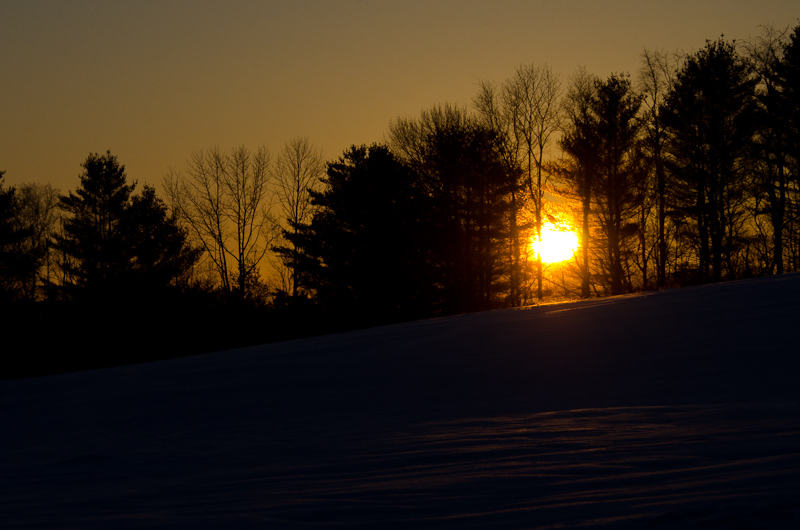|
Getting your Trinity Audio player ready...
|
The shortest day in the Northern Hemisphere, known as the winter solstice, falls on December 22, officially marking the commencement of winter. Originating from Latin, the term “solstice” signifies the sun’s apparent pause in its journey, a celestial occurrence resulting from the Earth’s axial tilt that alters the distribution of sunlight. As winter begins, the sun’s lower position in the sky leads to shorter daylight hours and longer nights.
The winter solstice reaches its peak on December 23, culminating in the longest night of the year. On this day, the sun rises at 6:59 AM and sets at 5:10 PM, resulting in over 14 hours of darkness. The Earth’s tilt affects the penetration of sunlight through the atmosphere, producing weaker and colder rays. This phenomenon brings forth the coldest and darkest period of the year, characterized by extended shadows and a noticeable change in the duration of daylight.
As the Northern Hemisphere experiences the onset of winter, the Southern Hemisphere eagerly anticipates the arrival of summer, highlighting the global impact of Earth’s axial tilt on seasonal transitions.
Read More: https://dusknews.com/

